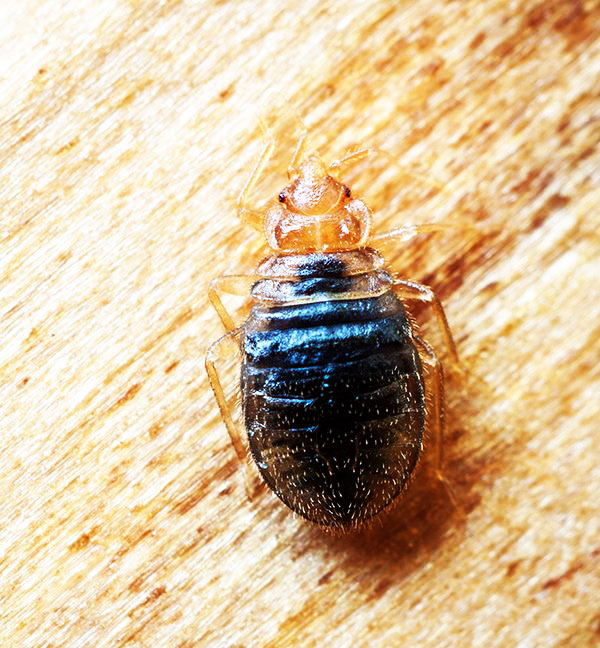Humans have known bedbugs for centuries. These small wingless pests have a flat body that is ideal for hiding in cracks and crevices in headboards, mattresses, and box springs. They feed exclusively on the blood of humans or warm-blooded animals. Their bites can elicit various cutaneous and systemic reactions in humans and are generally treated symptomatically. Bed bugs can be very difficult to eradicate since they have developed resistance to many chemical treatments. Not only can bed bugs create an emotional effect, but they have a significant impact on public health.

The common bed bug, Cimex lectularius, was nearly eradicated from developed countries in the 1940s, but within the last 10 years the United States and Canada have seen a rapid resurgence in bed bug infestations.A 2008 online survey of pest control professionals determined that in the past 2 years, 91% of respondents had encountered bed bugs. In the past 5 years, 37% of respondents had encountered bed bugs, while in the past 10 years, only 21% had encountered bed bugs.
Dark brown or reddish brown fecal and blood spots if found on clothing are subject to suspection of a bed bug infestation, mattresses, bedding, or furniture. In addition, bed bugs can emit a characteristic sweet, musty smell. Patients may present with itching or skin irritation with bed bug bites, but not everyone has a reaction to the bites. These bites may be confused with bites from other creatures such as mosquitoes, spiders, and fleas. Bed bug infestation is confirmed by the presence of live or dead bugs or their eggs.
Bed bugs are equipped with mouthparts that are ideal for feeding on blood. During feeding the bed bug injects saliva, which contains an anesthetic and an anticoagulant that can prevent the host from feeling the bite. However, some people do experience a painful bite. The saliva also contains proteins that can elicit various responses from the host.
Elimination can be challenging because bed bugs are very hard to locate and are resistant to many pesticides.
Removal and disposal of infested furniture and mattresses may be necessary if the infestation is severe. For less severe infestations, bed bugs can be removed with vacuuming. It is usually necessary to scrape bed bugs with the suction end of the vacuum to remove them. Routine vacuuming may not be particularly effective at removing bed bugs because they cling tightly to many surfaces.
Bed bugs are sensitive to temperature extremes; therefore, steam cleaning may also be helpful with bed bug removal. However, steam cleaning may not be as effective as vacuuming because the heat may not reach well-hidden bed bugs. Bed linens, curtains, clothes, and other washable materials should be washed in hot soapy water and dried for at least 20 minutes in a hot dryer.
Pesticides available to the general public are not recommended for the removal of bed bugs. A licensed pest control company should be consulted for chemical removal. Pesticides that have been effective at removing bed bugs include diatomaceous earth, eugenol, imiprothrin, permethrin, pyrethrins, resmethrin, and tralomethrin. Pesticides should be applied to cracks and crevices on the baseboard and other bed bug hiding places.
There is very little evidence-based information about the treatment of bed bug bites. Therefore, bed bug bites are generally treated symptomatically










.jpg)

0 coment�rios: